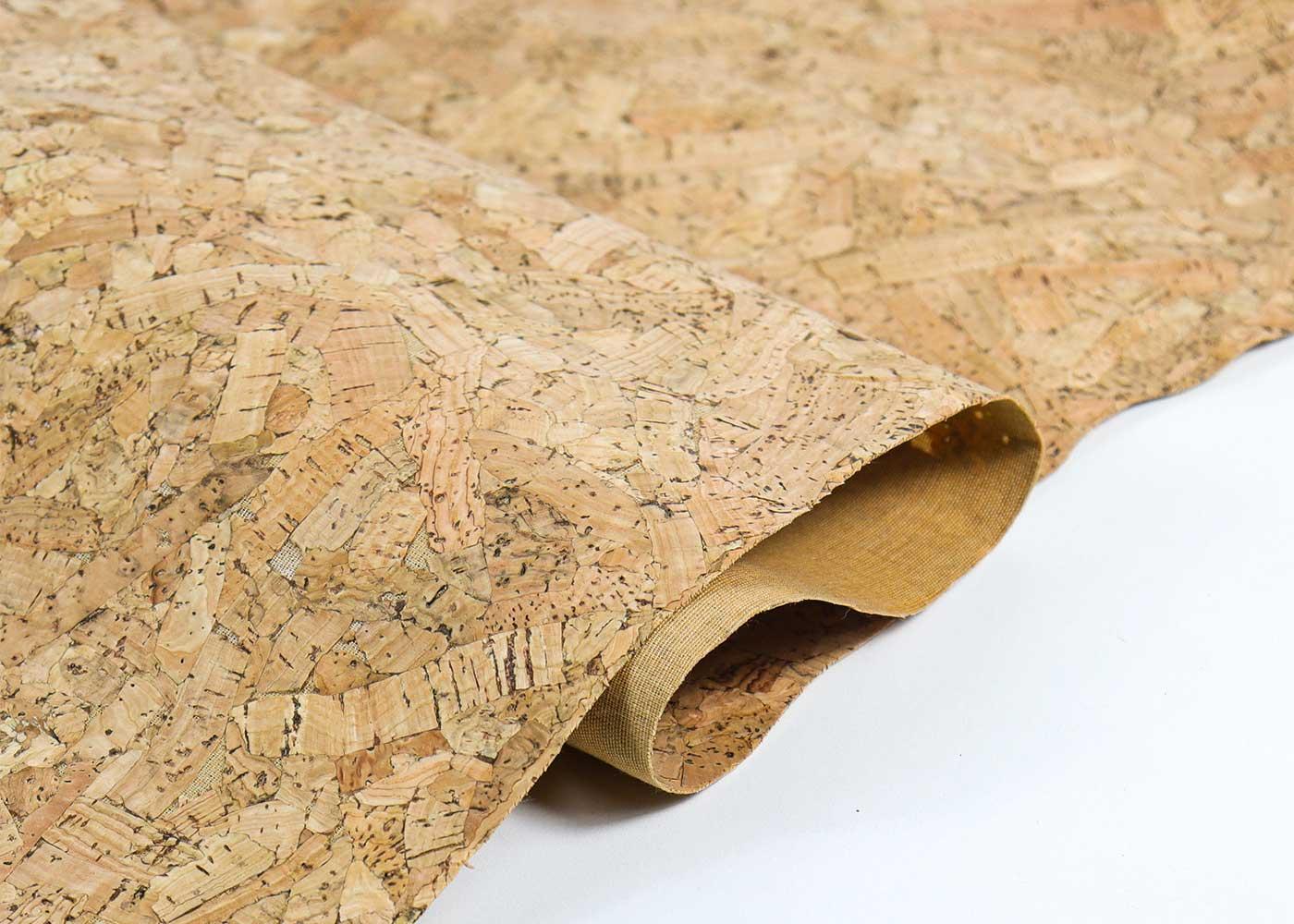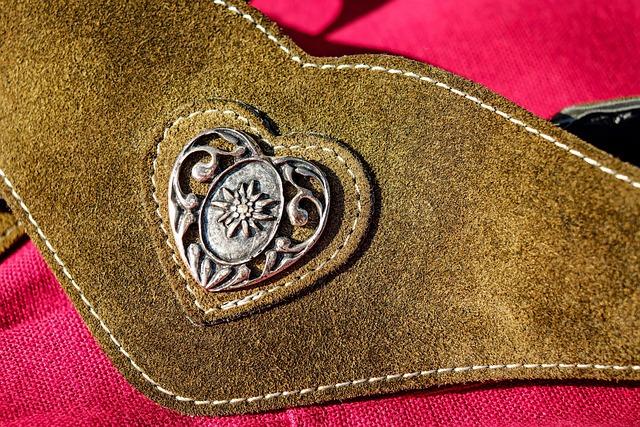As the fashion industry grapples with its environmental footprint, a revolutionary shift is quietly taking root in the realm of materials. Enter plant-based leather—an innovative alternative that not only promises to redefine luxury but also champions sustainability in an age increasingly aware of ecological impact. Unlike traditional leather, sourced from animals, this burgeoning eco-pleasant fabric harnesses the power of nature, transforming agricultural byproducts adn natural fibers into stylish, durable options for conscious consumers. But what does this mean for the future of fashion? As we explore the potential of plant-based leather, we delve into its benefits, challenges, and the growing movement towards a more sustainable and ethical wardrobe.Will this trend revolutionize the way we think about clothing and accessories, or is it merely a passing fad? Join us as we unravel the complexities of plant-based leather and its role in shaping the future of sustainable fashion.
Exploring the Ethical Benefits of Plant-Based Leather
As consumers increasingly demand eco-friendly alternatives, the rise of plant-based leather offers an ethical solution to the fashion industry’s longstanding issues with animal cruelty and environmental degradation. Traditional leather production involves meaningful animal suffering and contributes to greenhouse gas emissions, deforestation, and pollution. In contrast, plant-based materials provide an innovative approach that minimizes harm to animals while harnessing sustainable resources, such as pineapple leaves, apple peels, and cork. This shift not only addresses ethical concerns but also presents an opportunity for brands to align their values with the growing consumer consciousness regarding ethical fashion.
moreover, the benefits of plant-based leather extend beyond animal welfare. By incorporating sustainable practices and utilizing renewable materials, brands contribute to the preservation of biodiversity and the reduction of waste. Key benefits include:
- Lower carbon footprint: Plant-based alternatives frequently enough require less energy to produce.
- Biodiversity preservation: Sourcing materials from plants helps protect ecosystems.
- Biodegradability: Many plant-based leathers break down naturally, reducing landfill waste.
The ethical advantages of adopting plant-based leather are clear, paving the way for a more compassionate and sustainable approach to fashion that resonates with consumers and encourages a conscious lifestyle.

Innovative materials Shaping Sustainable Fashion
As the fashion industry increasingly embraces sustainability, plant-based leather stands at the forefront, offering a compelling alternative to traditional animal hides. Derived from materials such as apple peels, pineapple leaves, and fungi, these innovative textiles not only minimize environmental impact but also celebrate the potential of organic waste. With their biodegradable properties, these materials contribute to a circular economy, reducing landfill waste and promoting eco-friendly consumption. The versatility of plant-based leather allows designers to create stunning garments and accessories that rival their animal-derived counterparts while appealing to the conscience of today’s mindful consumers.
the shift towards plant-based alternatives is not just about aesthetic appeal; it is also a reflection of consumers’ growing awareness of ethical issues surrounding fashion production. Brands that adopt these materials often highlight their commitment to sustainability through clarity and responsible sourcing. Consider the key benefits these innovative materials bring to the fashion world:
- Reduced Carbon Footprint: Lower greenhouse gas emissions during production.
- Animal Welfare: No harm to animals, aligning with cruelty-free principles.
- Resource Efficiency: Utilizing agricultural byproducts that would otherwise go to waste.
As the demand for sustainable options continues to rise, the potential of plant-based leather is expanding rapidly. A comparison of some prominent plant leather materials highlights their unique attributes:
| Material | Source | Properties |
|---|---|---|
| Mylo | Mycelium (mushrooms) | Soft, flexible, biodegradable |
| Pinatex | Pineapple leaves | Durable, lightweight, unique texture |
| AppleSkin | Apple waste | Water-resistant, customizable, vegan |

Navigating the Challenges of Production and adoption
The journey toward widespread adoption of plant-based leather involves navigating a myriad of hurdles that span technological, environmental, and market sectors. Sustainable sourcing is one of the foremost challenges, as ensuring the renewable materials used are harvested responsibly is crucial. Furthermore, the production process can be complicated by the need for new manufacturing techniques that don’t compromise the material’s quality or the environmental standards set by consumers. To truly represent a sustainable alternative, manufacturers must focus on minimizing carbon footprints, often requiring significant investment in R&D.
On the consumer side, awareness and acceptance of plant-based leather remain vital.Despite growing interest in sustainable fashion, many consumers are still unfamiliar with the benefits and properties of these alternatives. Marketing strategies must effectively highlight the advantages, such as animal welfare benefits and reduced environmental impact, to resonate with a broader audience. Additionally, establishing competitive pricing with traditional leather goods poses a critical challenge, as price sensitivity can greatly influence consumer choices. Building trust through transparent practices and compelling storytelling becomes essential for facilitating a smoother transition to these innovative materials.

Guidelines for embracing Plant-Based Leather in Your Wardrobe
Embracing plant-based leather in your wardrobe is not only a style choice but also a commitment to sustainability. Start by exploring various options available in the market, ranging from materials made from pineapple leaves to innovative alternatives created from mushrooms. Consider the following tips when selecting plant-based leather items:
- Research Materials: Understand the environmental impact of diffrent plant-based leathers, as some may be more sustainable than others.
- Check Certifications: Look for credible certifications that ensure the product meets sustainable standards.
- Invest in Quality: Choose high-quality items that will last longer, reducing the need for frequent replacements.
Onc you choose to incorporate plant-based leather into your wardrobe, consider mixing it with other sustainable fabrics such as organic cotton or recycled polyester. This fusion not only enhances your style but also promotes ethical fashion practices. When accessorizing, embrace versatility by looking at:
| Accessory Type | Plant-Based Leather Options |
|---|---|
| Bags | Pineapple leather totes or mushroom leather backpacks |
| Footwear | Cork leather sandals or apple leather sneakers |
| Jackets | Faux leather jackets made from grape skins |
Concluding Remarks
As we stand at the crossroads of fashion and sustainability, plant-based leather emerges not just as an alternative, but as a potential game changer for the industry. With its roots in innovation and a commitment to ecological balance, this material invites us to reconsider the way we define luxury and style.By embracing plant-based leather, designers and consumers alike can cultivate a wardrobe that reflects a growing awareness of our impact on the planet. as the conversation around sustainable fashion continues to evolve, one thing is clear: our choices today will shape the landscapes of tomorrow. The journey towards a greener future may be complex, but with each stride in plant-based leather, we are one step closer to harmonizing fashion with environmental integrity. as we navigate this new frontier, let us remain engaged and curious, ready to support the ongoing evolution of a more sustainable and stylish world.

